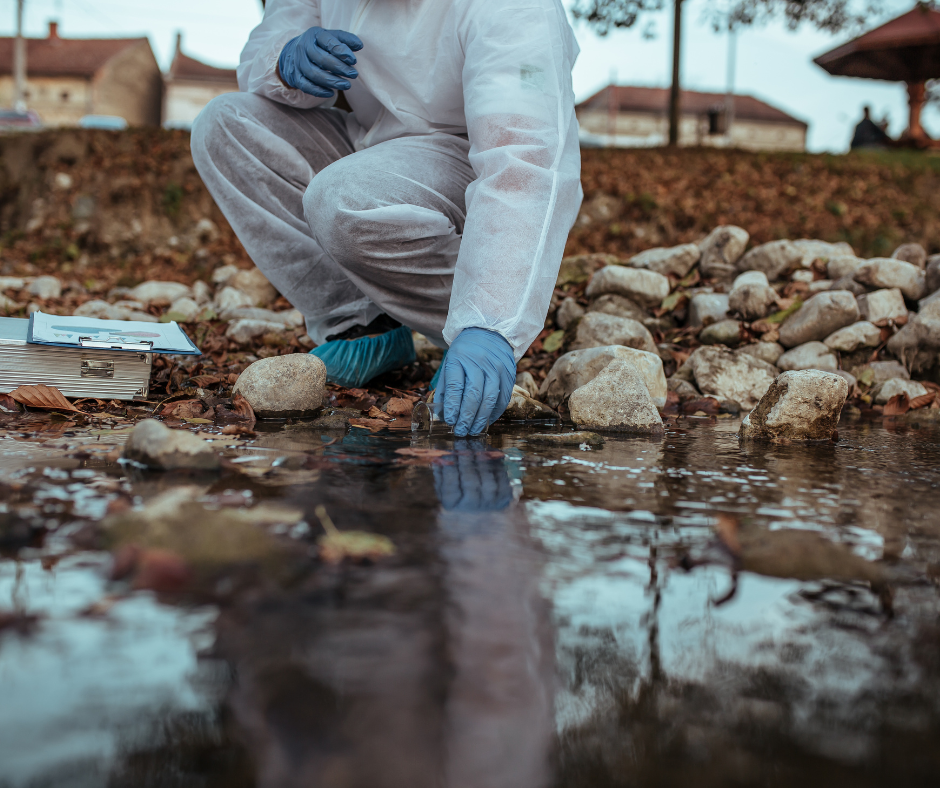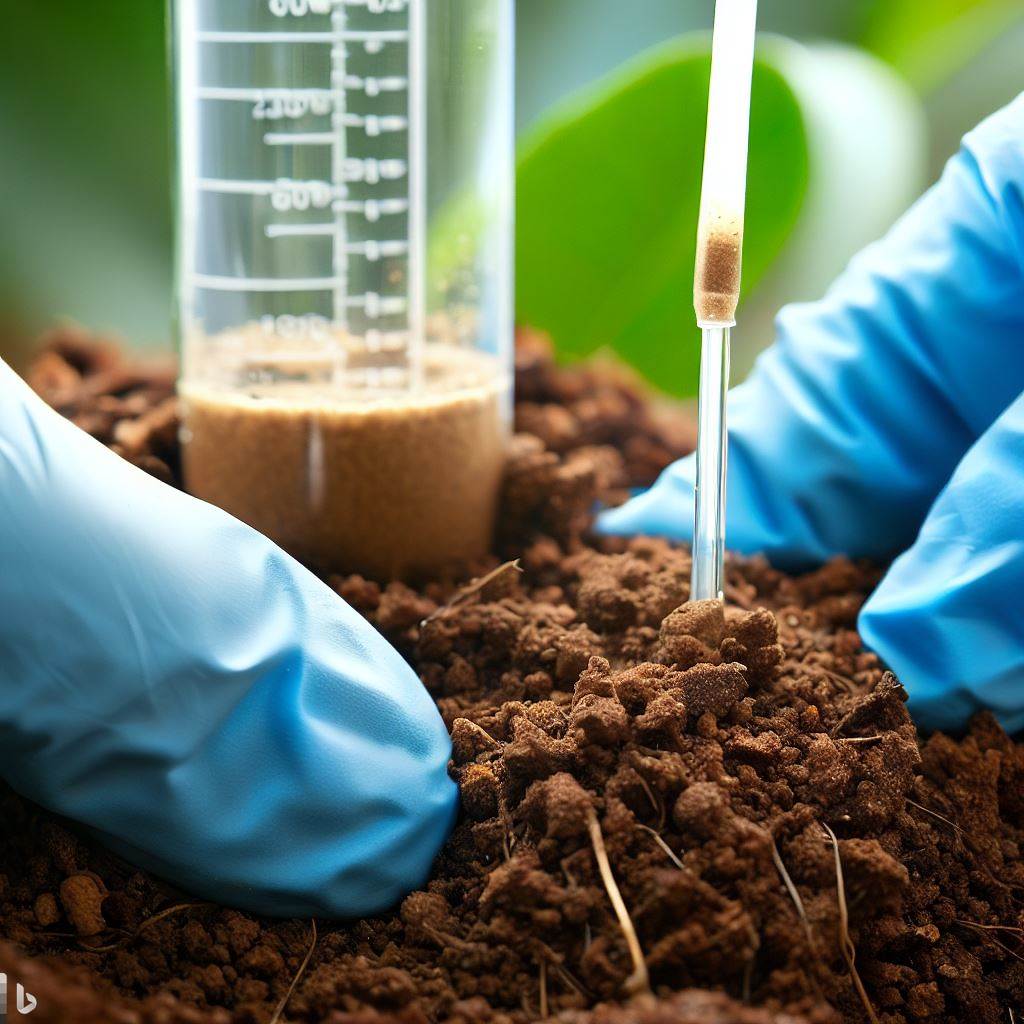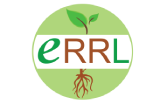Environmental Testing
Water Testing
Drinking, water is used for various industrial & recreational purposes and understanding the composition of water plays an important role in such cases. Our clear report format details how sample results compare to standard limits and what these results means.
- Drinking or Bore water Testing
- Industrial water Testing
- Sewage, Effluent and waste water Testing
- Water for Irrigation
- Industrial and Municipal waste water
We analyze for a wide range of contaminants, including :
- COD, BOD, Dissolved Oxygen, Ammonical Nitrogen, Oil & Grease, Sodium, Potassium, Color
- Total Hardness, Total Alkalinity, Total dissolved solids, Total suspended solids, Total Phosphate
- pH, Conductivity, Turbidity, Temperature, Acidity, Calcium Hardness
- Phenol, Chloride, Nitrate, Volatile solids

Soil and Sludge Testing


Soil test is done to trace presence of specific toxins or pollutants elements. We perform series of tests in order to determine the fertility or pH value of soil. In addition to the standard soil analysis for pH, lime requirement, phosphorus and potassium, a range of specific analyses are available for trace elements, for all soil test requirements, for farmers, agriculture consultants, research and development and other specialized areas.
Soil sampling and testing for physico-chemical or Biological parameters. The purpose of soil testing is to identify the soil quality of area and is an essential component of soil resource management. It is in the best interest of industries, farmers, lawn care professionals, builder, landscapers, gardeners, fertilizer suppliers, and consultants. Soil contamination such as toxic chemicals, heavy metals, pesticides etc. may cause changes in the composition of soil microbial community, adversely affecting soil characteristics. High levels of toxic chemicals in soil can be phytotoxic. Once the heavy metals are present in the soil they may leach into groundwater or run off into surface water. From the soil and water, the metals may be taken into plants which may then be consumed by living organisms, including those in the human food chain.
Crop plants growing on heavy metal contaminated sites have high concentrations of trace elements which cause serious health risk to consumers. Heavy metals may enter the human body through food, water, air, or absorption through the skin. Heavy metal toxicity and the danger of their bioaccumulation in the food chain represent one of the major environmental and health problems. Heavy metals, such as cadmium, copper, lead; chromium, zinc, and nickel are important environmental pollutants. Our scientists at ERRL are expertise in conducting soil sampling and analysis as per the client requirements: Heavy metals, pesticides analysis in soils, plants, food, vegetables, fish, meat.
Testing of sludge for heavy metals is also significantly important. We can carry out full heavy metal analysis to low limits of detection.
We analyze for a wide range of contaminants, including :
- pH, Electrical Conductivity, Moisture content
- Water Holding capacity, Cation Exchange capacity
- Soluble / Exchangeable Sodium, Soluble / Exchangeable Potassium
- Soluble calcium, Soluble Magnesium
